Since its humble beginnings hosting 1,500 people in 1970, Glastonbury Festival has grown into the largest greenfield music festival globally.
For over 50 years, the festival has provided an epic backdrop for cultural milestones, legendary performances, and generational moments.
This expansive post will delve into the full story behind Glastonbury’s evolution from a niche hippie gathering into an era-defining cultural force.
Table Of Contents
- The Origins of Glastonbury Festival
- Becoming Glastonbury Fayre in 1971
- The 1979 Return Solidifies Glastonbury as an Annual Event
- Glastonbury Builds an Identity Through the 1980s
- The 1990s – Glastonbury Explodes into the Pop Culture Mainstream
- The 21st Century and Beyond – Sold Out Crowds, New Stages, Global Headliners
- Michael Eavis – The Founding Father of Glastonbury Festival
- The Enduring Spirit and Ethos of Glastonbury Festival
- Iconic Musical Performers and Moments in Glastonbury History
- Media Coverage, Celebrity Sightings, and Cultural Significance
- Looking to the Future – Glastonbury’s Sustainability and Staying Power
- Conclusion: The Historical and Cultural Significance of the Glastonbury Festival
The Origins Of Glastonbury Festival

The Glastonbury Festival origin story begins in 1970, when dairy farmer Michael Eavis was inspired to host a music festival on his land at Worthy Farm in Pilton, Somerset. Eavis had attended the nearby Bath Festival of Blues that summer, which sparked the concept of recreating a similar musical gathering focused on rock, folk, and blues.
On September 19, 1970, the Pilton Pop, Folk & Blues Festival opened its doors, selling 12,000 tickets priced at £1 each, which also included free milk from the Eavis dairy farm. The inaugural event featured a lineup of largely obscure artists, with indie folk rock band T. Rex headlining after the Kinks dropped out. Though attendance was modest, estimated at only 1,500 people, the first Glastonbury festival planted a seed that would slowly grow into an iconic cultural staple.
Becoming Glastonbury Fayre In 1971

In 1971, the festival returned for a second installment, now billed as the Glastonbury Fayre to reflect its mystical vibes. This year marked the construction of the first Pyramid Stage, made from scaffolding, and expanded the festival capacity to 12,000 attendees. Though still fledgling, the 1971 lineup proved to be a watershed moment featuring legendary acts: David Bowie debuted material from his forthcoming Hunky Dory album for the first time, while a pre-stardom Elton John dazzled crowds, foreshadowing his rocket launch to fame shortly after.
Significantly, Glastonbury donated its profits to the Campaign for Nuclear Disarmament (CND) in 1971, kicking off its longstanding support of social and environmental causes. While the first two installments were one-off events, they set the creative, political tone that would define Glastonbury for decades onward.
The 1979 Return Solidifies Glastonbury As An Annual Event
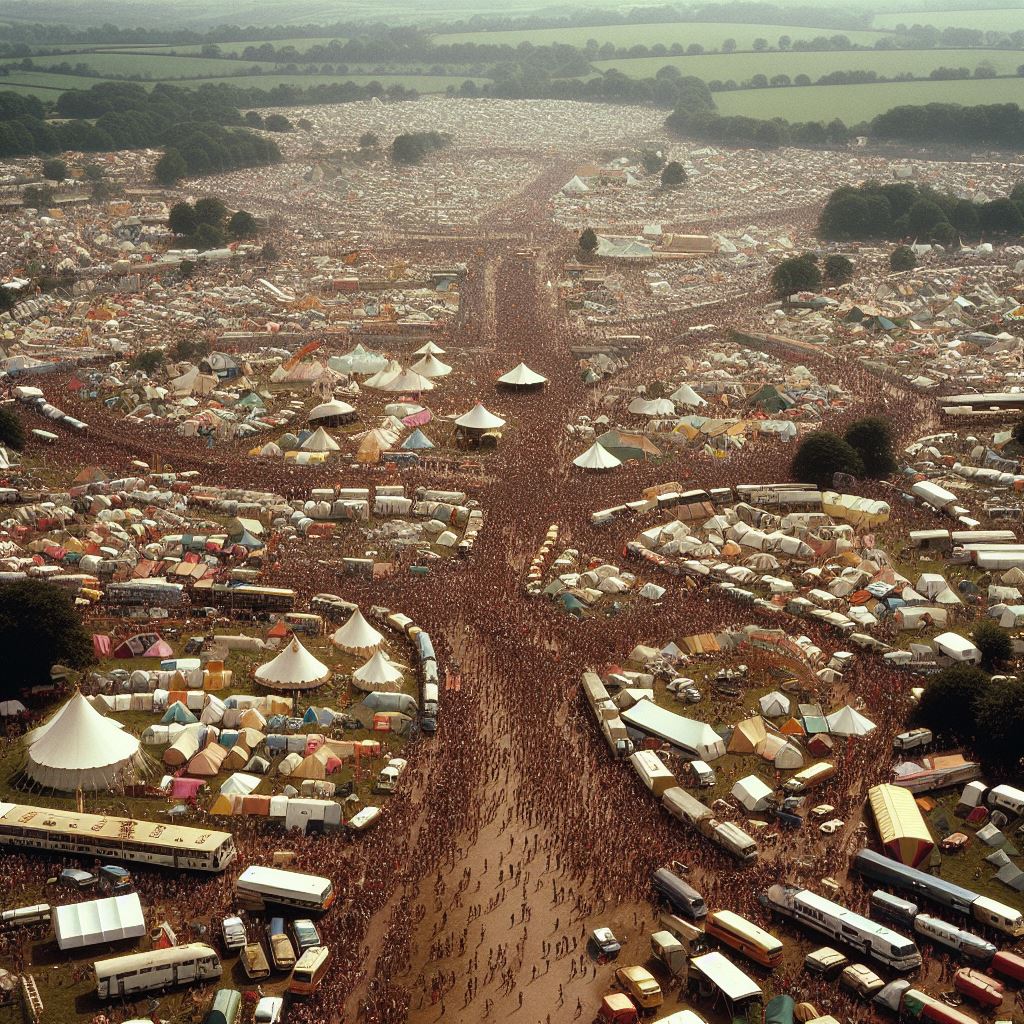
After taking a hiatus for several years, Michael Eavis decided to bring the Glastonbury Festival back in 1979 for a third installment. Building on the previous foundations, the 1979 festival introduced enduring areas like the healing fields and the Children’s World charity and activity zone. It expanded to a full three days of music, theatre, and revelry for the first time, ballooning attendance to 12,000 as residents of the surrounding Somerset villages descended.
While problems with the new site’s landscape and infrastructure posed challenges in 1979, the event was deemed a success. Most significantly, it kicked off the tradition of the festival returning annually during the summer solstice season. Eavis had created a cultural cornerstone that would only grow over time.
Glastonbury Builds An Identity Through The 1980s
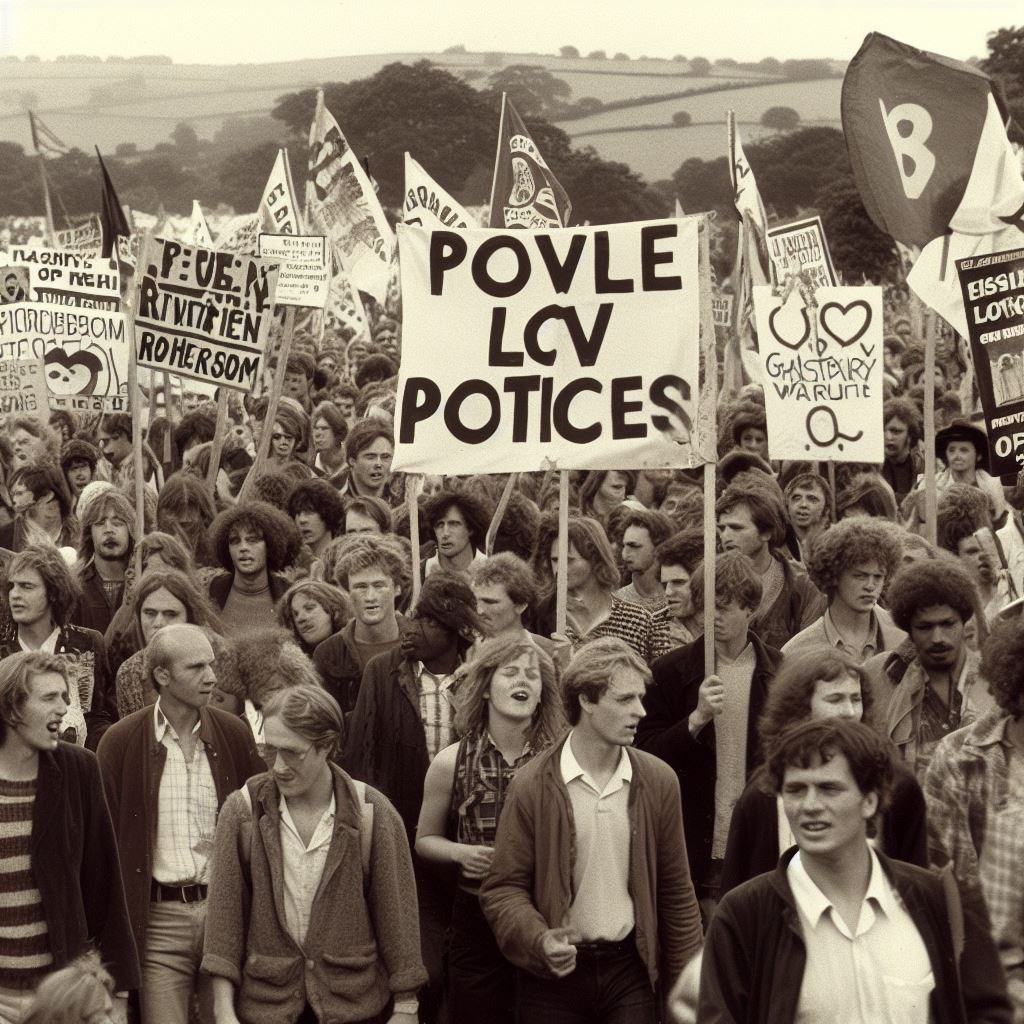
During the 1980s, the festival cemented itself as an ongoing pilgrimage for music fans, free spirits, and counter-culture seekers nationwide. Attendance climbed steadily into the tens of thousands through the decade, reaching peaks over 100,000 in later years. As it found its footing, Glastonbury honed an identity rooted in environmentalism, political activism, and underground art.
The 1980s saw protest marches crossing the site from the Campaign for Nuclear Disarmament and other activist groups who used Glastonbury as a platform. Charities like Greenpeace and Oxfam also became integral partners, helping forge the festival’s social consciousness. Musically, era-defining performances by artists like The Smiths, The Cure, Elvis Costello, and more helped cement Glastonbury as an influential tastemaker based on booking forward-thinking acts. While still below the mainstream radar, Glastonbury Festival was blossoming into its own eclectic cultural phenomenon during the 80s.
The 1990s – Glastonbury Explodes Into The Pop Culture Mainstream

After some fallow years mired in financial issues and local political disputes, Glastonbury Festival exploded into the mainstream pop culture consciousness in the 1990s. While the exact origins are debated, this decade represented the transformation of Glastonbury into a rite of passage event on par with Woodstock ’69 in the American psyche. Attendance swelled, nearing 300,000 in the latter years of the 90s.
The introduction of live TV coverage also propelled Glastonbury’s popularity. Channel 4 began broadcasting highlights in 1997, exposing the festival’s magical world to millions who then added it to their bucket lists. This decade also cemented Glastonbury’s reputation for legendary performances – bands like Oasis, Radiohead, Pulp, Robbie Williams, and more crafted historic sets that became etched in cultural memory. By the late 90s, Glastonbury had become a pop culture institution and the ultimate musical holy grail.
The 21st Century And Beyond – Sold Out Crowds, New Stages, Global Headliners
Entering the new millennium, Glastonbury Festival aimed to improve logistics and security for its ballooning crowds now averaging over 150,000 attendees annually. Key upgrades included debuting a giant new Pyramid Stage in 2000 to replace the aging previous structures and introducing online ticket registration in 2002 to stem ticket touts.
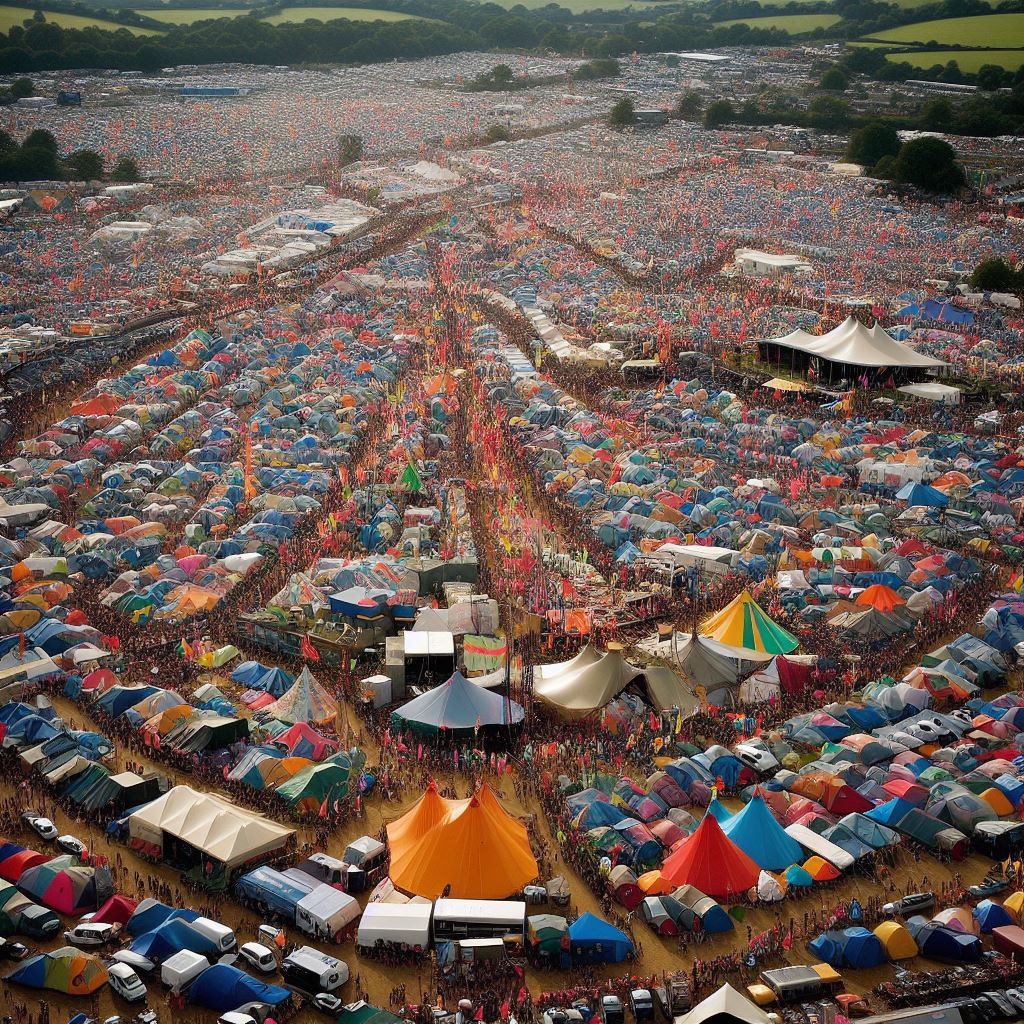
The 2000s also marked a period of genre expansion, with traditionally rock-focused Glastonbury booking more pop, hip-hop, and dance music acts. Headliners like Beyonce, Coldplay, and Adele drew record-setting crowds approaching 200,000 guests. Increased capacity and new experimental event sites like Shangri-La expanded Glastonbury’s scope.
Moving into the 2010s, the festival implemented more sustainability measures and booked politically conscious artists. Glastonbury continued evolving while staying true to its core values around activism, community, and creative freedom. After a pause due to Covid-19, the festival came roaring back in 2022, proving its status as Britain’s most cherished cultural event was unwavering.
Michael Eavis – The Founding Father Of Glastonbury Festival
While Glastonbury has grown and evolved dramatically over 50 years, one man’s steadfast vision has guided and protected it since the very outset – Michael Eavis. His dream of creating an uplifting communal experience through music spawned an event that now serves as a pillar of British culture.
Beyond curating legendary lineups filled with both icons and breaking talent, Eavis championed environmentalism, volunteering, political activism, and more through Glastonbury’s expansive platform. Alongside his daughter Emily, Eavis has shaped the festival’s atmosphere of creative freedom, self-expression, and unity that makes it so unique. For generations of music fans, Michael Eavis is synonymous with the magic of Glastonbury.
The Enduring Spirit And Ethos Of Glastonbury Festival
Beyond the star-studded lineups and epic performances, Glastonbury Festival embodies a certain spirit and ethos passed down through the decades. The sense of collective experience, social consciousness, and harmony with nature that defines Glastonbury can be traced back to a set of values and principles originating with its humble roots.
From Greenpeace’s massive presence onsite to the belief in music’s power to unite communities and push culture forward, Glastonbury’s underlying spirit reflects the elemental goal of togetherness and using art for good. When the last notes fade each night, these progressive ideals echoing through the ages reverberate the loudest. They form Glastonbury’s heart and soul.
Iconic Musical Performers And Moments In Glastonbury History
While known for booking the hottest up-and-coming musical talent, Glastonbury has also played host to countless iconic performances that defined both the artists’ careers and the festival’s legend. The list of historic headline shows spans from David Bowie in 1971 to Billie Eilish in 2022.

Some particularly memorable milestone performances include:
- David Bowie showcasing Hunky Dory in 1971
- The Smiths’ triumphant set in 1984 rocketed their career
- Pulp’s career-affirming underdog slot in 1995
- Radiohead’s transcendent moonlit show in 1997
- Beyonce’s explosive debut as the first female headliner in 2011
- Stormzy bringing UK grime to the main stage in 2019
Beyond the headliners, surprise secret sets by bands like Arcade Fire and special guest appearances from Beatles like Paul McCartney have added to the magical mystique of Glastonbury performances. The festival has served as a platform for moments that define musical eras.
Media Coverage, Celebrity Sightings, And Cultural Significance
As it exploded into mainstream popularity through television exposure and word of mouth, Glastonbury Festival became a magnet for celebrities and influencers. It transformed into a cultural event where simply attending carried prestige.
Famed supermodels like Kate Moss and Sienna Miller alongside A-list actors and socialites helped drive Glastonbury’s mystique through tabloid coverage. Beyond the UK, international stars across fields from music to film helped signal Glastonbury’s global relevance. For brands and stars, aligning with Glastonbury offered a serious cultural cache.
This influx of star power and non-stop media buzz reflected the festival’s ballooning significance as a cultural institution and rite of passage. Attending Glastonbury, with its vibey late nights and boundary-pushing performers, became a bucket list aspiration – the ultimate validation of one’s taste and hipness.
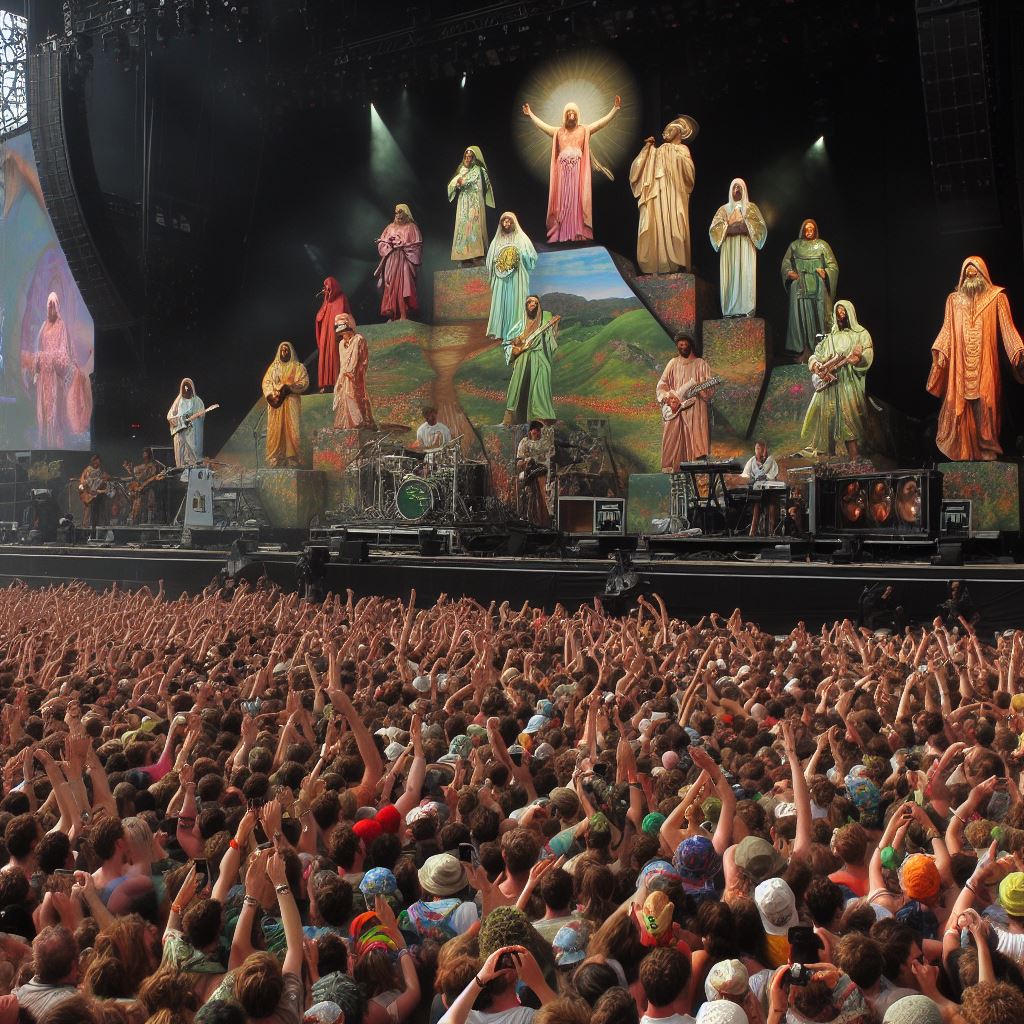
Looking To The Future – Glastonbury’s Sustainability And Staying Power
After 50+ years of evolution, Glastonbury now faces the challenge of continuing its legacy while remaining sustainable and retaining its core values. Strict ticketing caps and eco-friendly policies help counter the environmental impact of the enormous, sprawling event. Performer bookings promote originality and inclusivity while also celebrating musical legends.
By embracing change while sticking to Michael and Emily Eavis’ guiding festival philosophy, Glastonbury has navigated cultural shifts for over five decades. If history shows anything, the iconic festival will continue adapting and expanding its scope without losing its unique, community-driven atmosphere. The story of Glastonbury is still being written, with many more legendary chapters yet to come.
Conclusion: The Historical And Cultural Significance Of The Glastonbury Festival
In just over fifty years, Glastonbury has grown from 1,500 people gathered on a dairy farm to the spotlighted epicenter of global music and culture. While the festival has evolved radically since its humble beginnings, Glastonbury retains the same magnetic sense of community, creative freedom, and uplifting spirit today.
Through five decades of incredible performances, cultural milestones, and ever-expanding scope, Glastonbury has firmly cemented itself as a British national treasure and one of the world’s most cherished cultural institutions. For millions of attendees and music fans worldwide, the festival is a bucket-list pilgrimage and a source of unforgettable memories and transformative experiences.
Glastonbury’s continuing legacy is a testament to Michael Eavis’ vision of music as a force for togetherness and Michael and Emily Eavis’ lifelong stewardship nurturing the festival ethos. When Glastonbury’s rich history is reflected upon, it demonstrates the power of community, art, and shared human experiences. The story of the Glastonbury Festival is one of boundless creativity, non-stop exhilaration, and the electric magic that happens when people unite through music.
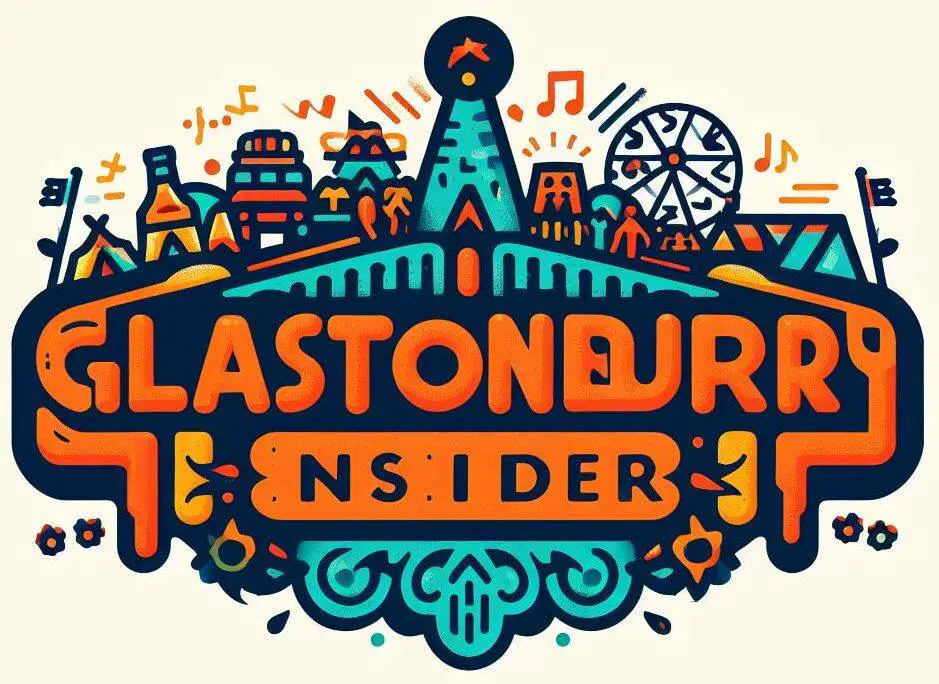
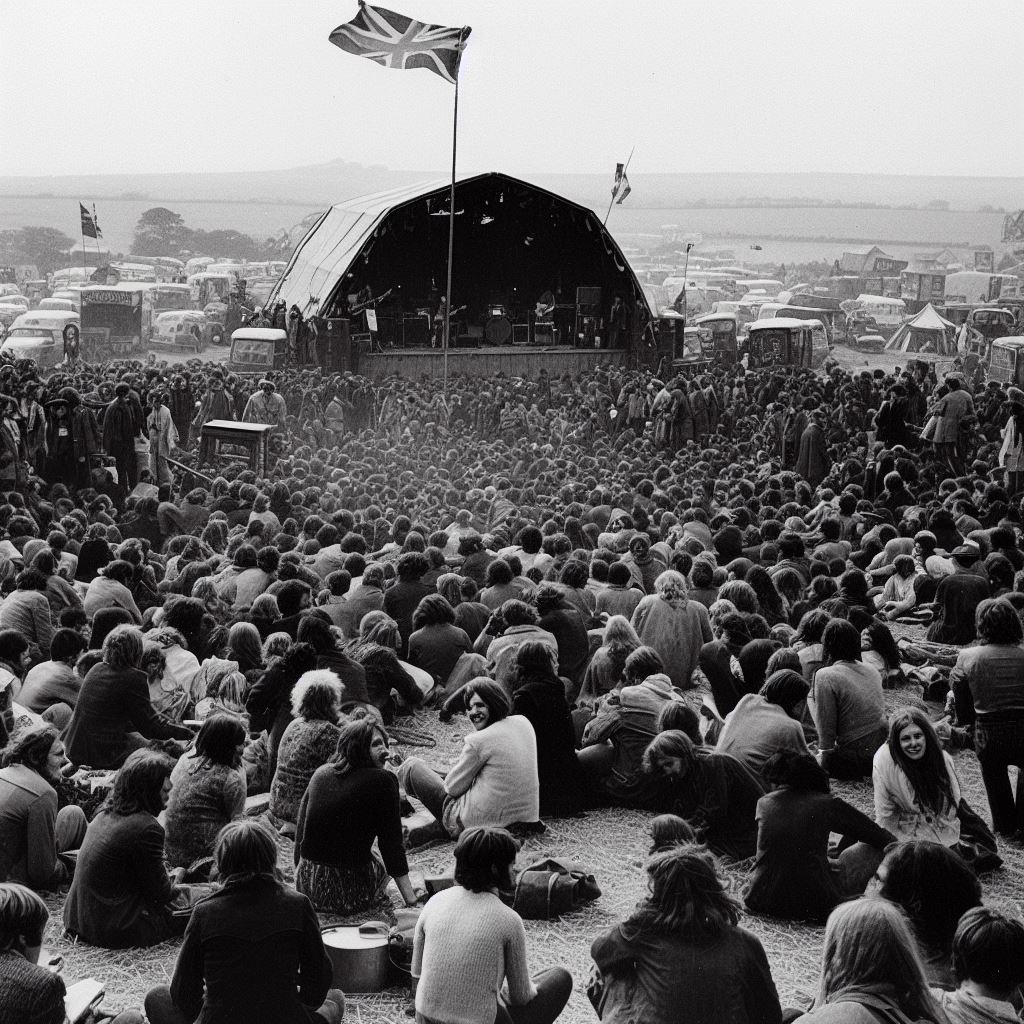
Leave a Reply